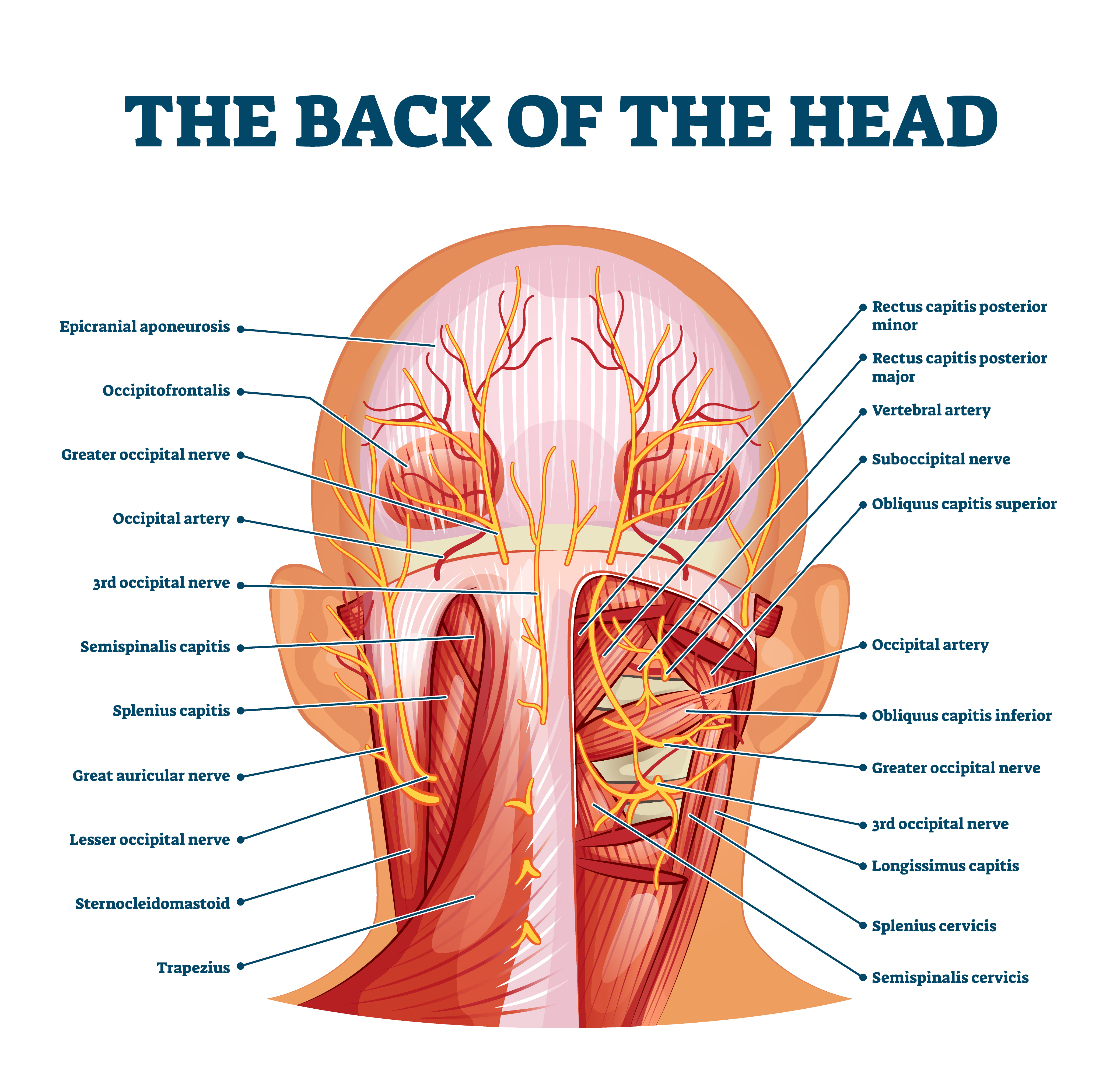Balance issues? Especially for Athletes

How athletes tune up the balance centers of their bodies through the chiropractic adjustment.
One most important set of “balance “sensors” in your body is a group of muscles called the suboccipitals. The suboccipitals are a group of 4 muscles at the base of your skull.
1) Rectus capitis posterior major
2) Rectus capitis posterior minor
3) Obliquus capitis inferior
4) Obliquus capitis superior
These suboccipital muscles are the sensors for positioning and orienting the head in 3-dimensional space. The main reason being is that these muscles contain a much higher density of muscle spindles than most muscles in the body. This means that their primary function is to send spatial data to the brain and the secondary function is movement of the head. That is why this particular group of muscles is special if you’re an athlete or a person who has coordination and/or balance issues. Weather you're a quarterback, wide receiver, golfer, baseball player, or tennis player, the ability to track the ball is what it's all about. I also almost always find this area an issue with patients experiencing vertigo or BPV.
The C2 and C3 vertebrae also connect to the dura mater (which means “tough mother”) of the spinal cord in this location. So, if the muscles attached to these vertebrae are pulling to one side or the other the spinal cord is also affected and this could trigger headaches as well as migraine related symptoms.
This is why so many patients get favorable results with chiropractic care! The other bonus being monthly lower prescription bills and no dangerous side effects.
‹ Back




Comments